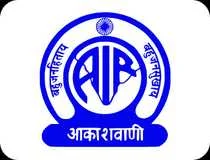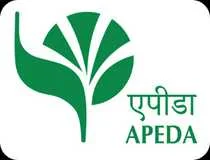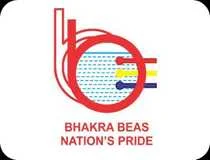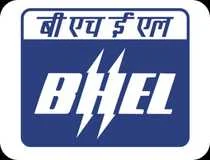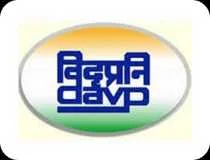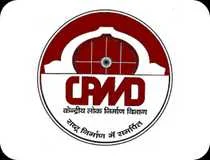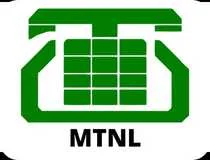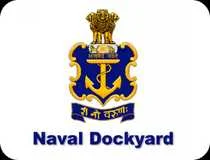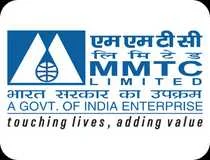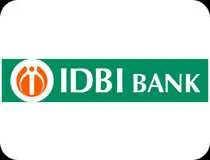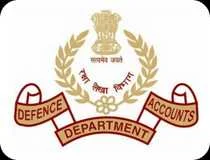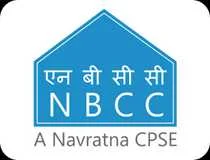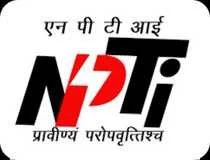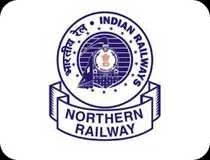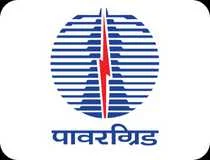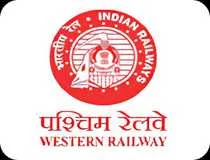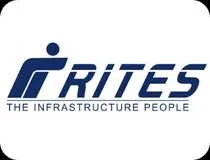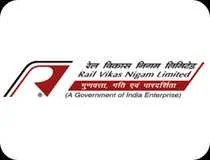

Smart Water Solutions for a Sustainable Future
India’s Trusted Experts in Rainwater Harvesting Solutions
Trusted by 1500+ Clients | 24+ Years of Excellence
NIPSTec – Rainwater Harvesting and Artificial Recharge
“Catch the rain, where it falls, when it falls”
This division undertakes projects related to System Design and Engineering - Consultancy, Installation / implementation, and Maintenance of Rainwater Harvesting (RWH) Artificial Recharge structures, Storage Systems, and watershed management on a pan-India basis.
NIPSTec provides end-to-end solutions for Rainwater Harvesting systems through Consultancy, detailed site Survey, Rainwater Harvesting Installation (Conventional, Rooftop Rainwater Harvesting System, Modular Rainwater Harvesting System, FRP Filters, Vee-Wire Filter Screens and other suitable filtration methods), Rainwater Harvesting Maintenance and allied Services like installation of Digital Water Flow Meter, Piezometer, etc.
NIPSTec has a team of well-experienced and trained professionals & manpower to execute these projects to achieve their full potential. We are committed to achieving customer delight.
NIPSTec has successfully implemented many projects in NCR and the state of Uttar Pradesh ( Noida, Greater Noida, Sikandrabad, Ghaziabad, Hapur, etc.), Haryana ( Gurgaon, Palwal, Faridabad, Bahadurgarh, Rohtak, Prithala, Manesar, Dharuhera, Bawal, Rewari, etc.), Rajasthan ( Bhiwadi, Alwar, Neemrana, Jaipur, etc.), Himachal Pradesh ( Shimla, Baddi, etc.), Maharashtra ( Mumbai, Pune, etc.) and the National Capital Territory (NCT) Delhi.
An introduction - About Rainwater Harvesting
Water is the nectar of life and life cannot sustain without it. Ever increasing demands of water for domestic, irrigation as well as industrial sectors have created a water crisis worldwide. Groundwater is the only dependable source of water. Due to rapid urbanization infiltration of rainwater into the sub – soil has decreased drastically, and the recharging of Groundwater has diminished. Over exploitation of Groundwater resources has resulted in a decline in water levels in most part of the country. Inferior quality of groundwater with high salinity, fluoride, and nitrate contents further limits the availability of freshwater assets. Therefore, it has become essential to adopt Rainwater Harvesting, Artificial Recharge, Storage & Water Shed Management.
Advantages of Rainwater Harvesting
Enhance the availability of Groundwater at specific place and time.
Augment the Groundwater storage and control the decline of water levels.
Replacement of filter media.
Improves the quality of Groundwater through dilution.
Removes bacteriological and other impurities from sewage and wastewater.
Save energy required for lifting the Groundwater and reduce the power consumption of 0.4KWH.
Reduces the runoff which is choking the storm drains.
Reduces the Groundwater pollution.
Meet ever-increasing demand for water in the urban areas.
Reduces the Soil erosion.
To arrest sea water ingress.
The structures required for harvesting the rainwater are simple, economical, and eco-friendly.
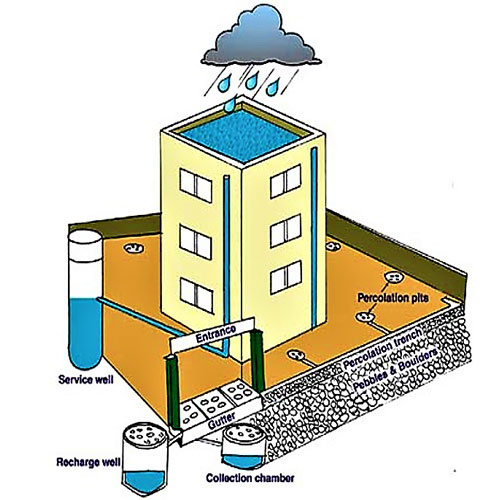
Attributes of Groundwater
There is more Groundwater than surface water.
It is less expensive and economic resource.
It is a sustainable and reliable source of water supply.
It is relatively less vulnerable to pollution.
It is free of pathogenic organisms.
It is usually of high bacteriological purity.
There are no conveyance losses in Groundwater-based supplies.
Groundwater resources can be instantly developed and used.
Groundwater has no turbidity or color.
Groundwater has a low vulnerability to drought.
Groundwater is usually universally available.
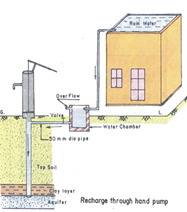
Methods of Rainwater Harvesting
Recharge through Dug wells
Dug wells that are abandoned as well as dried up can be utilized for recharging the aquifers.Stormwater can be diverted to the dug wells through a de-siltation chamber as shown in the adjacent figure or through a filtration chamber consisting of sand/Gravel/ Boulders if the expected silt load is more in the storm water.
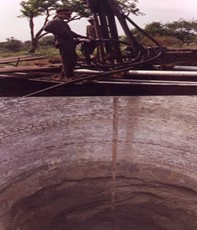
Modular Rainwater Harvesting System
Made of recycled polypropylene and designed to enable a better quality of life while upholding the socio-economic aspects of ecosystems.
The following are the Advantages of a modular Rainwater Harvesting System :
Made from recycled polypropylene
Modular allows vertical & horizontal expansion
Safe and load bearing – 25 Ton or more per Sq.mt load bearing capacity
Simple and Quick to Install
Low Maintenance Cost
Clog-free and reliable
Effective storage capacity
Very long shelf life
Easy to expand and Easy to relocate the work
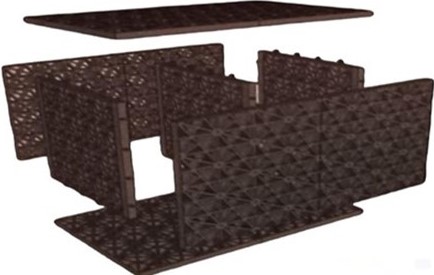
Recharge Trenches
Lateral Trench with one or more than one tube wells can be constructed in individual houses, group housing societies and large colonies based on available run - off. The general width of these trenches varies from 1.5 to 3.0 m and the length is about 4 to 12 m depending upon the runoff generated through hourly intensity of rainfall.
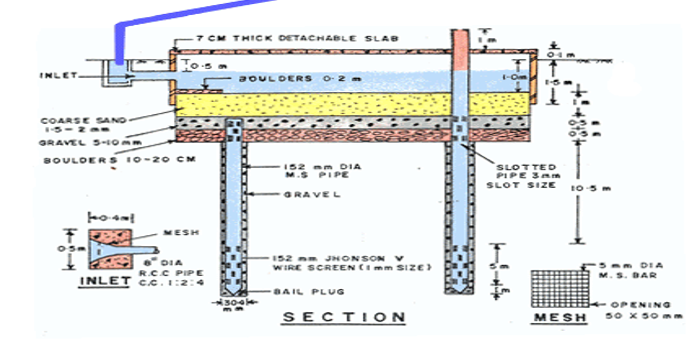
Storage System
Another method of Rainwater Harvesting is the storage of Rainwater above the ground, as much as we can and using the water to meet daily needs of individuals. We may adopt the conventional filtration techniques or advance modern filters with the following advantages:
Self-Cleaning
Simple Installation
No Power is required
Works on cohesive force
No consumables required
Fully enclosed and wall mounting
Debris leaves and dirt Particles are removed continuously and flushed out
The filter capacity remains unchanged even with variations in the intensity of rainfall
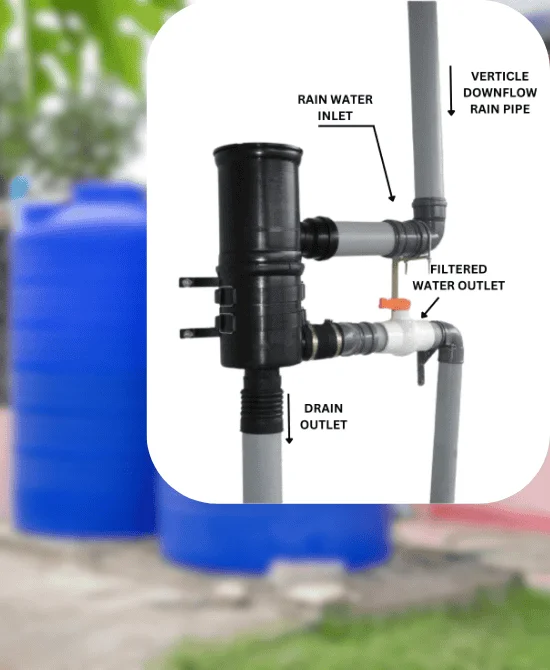
VEE-Wire Filter Screens
VEE-Wire Filter Screens are fabricated in Pipe Form from Wires. All Welded Wedge Wires Screen is made from 2 elements - outside V–shaped Wire and inside Longitudinal Rods. The V-shaped Wire is spirally wrapped on a cage made of Longitudinal Rods. The intersecting of shaped wire and rod is welded through each other by resistance welding. Due to resistance welding the weld joined is very strong.
Efficient & non-clogging screen.
Anti-corrosive material.
Easy installation.
Vee shaped slots produce a jetting effect to inject recharge water into the aquifer.
Continuous slots give a large percentage of open area.
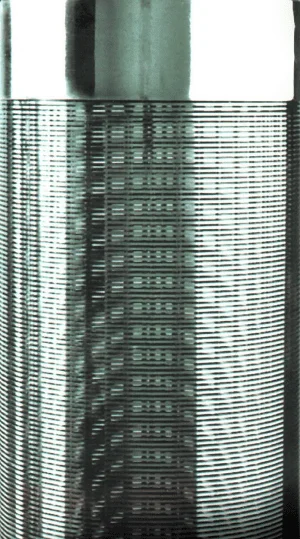
FRP Filters – Rainwater Harvesting RWH
FRP Filters – Rainwater Harvesting FRP Filter is made of fiberglass. Fiberglass is reinforce plastic that is very hard, compatible and anti-insects. The material allows it for considerable flexibility. The product has a long-lasting life, if maintained and implied properly. Only routine cleaning of the SS Bucket is required.
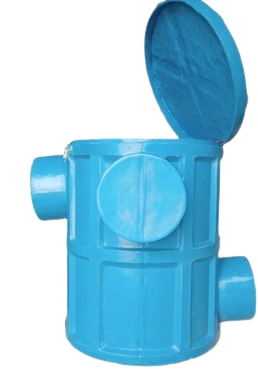
Furaat Filtration and Recharge pit
Furaat is a modular recharge pit with these salient features:
Quick Installation & Aesthetic look.
Flexibility in volume & depth of well with Good quality precast concrete slabs.
Well can be assembled without using any special devices like a chain pulley as the weight of each slab facilitates working with simple tools.
The size, shape & weight of slabs facilitate well to be transported very easily.
Well can be reused / recycled.
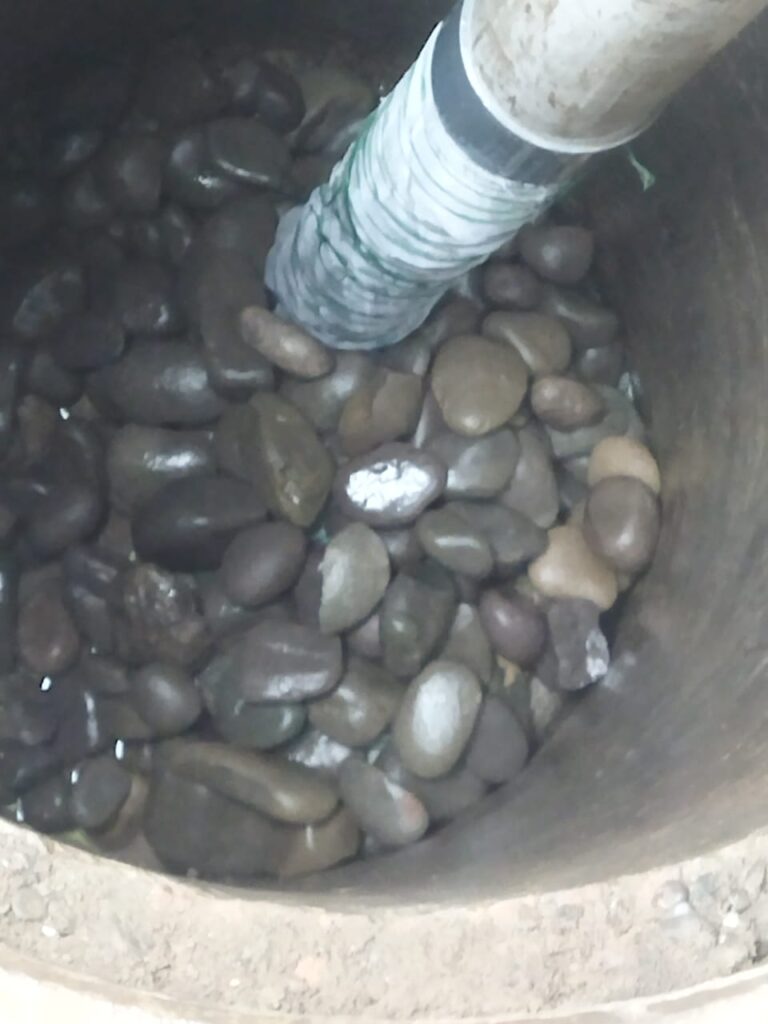
Piezometer – Monitoring the Groundwater
Water level measurements from observation wells are the principal source of information. To monitor the water level at a particular location, either an existing well/borehole is used or a borehole is drilled down to the aquifer that contributes most to the water table. A casing pipe is installed in the borehole to prevent the borehole wall from collapsing. At the level of the aquifer, a highly porous filter is provided at the lower end of the casing pipe. The system basically comprising of a sensor and datalogger is installed in an observation well to monitor the water level variation in it.
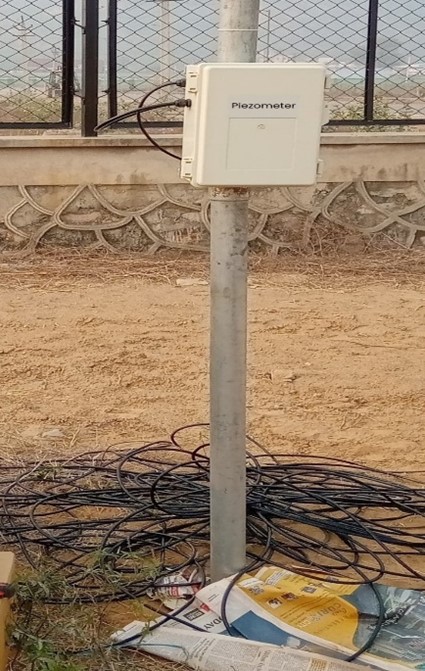
Start Your Rainwater Harvesting Project Today
We’re here to guide you with the right information and solutions that fit your space and needs.
Our Clients
